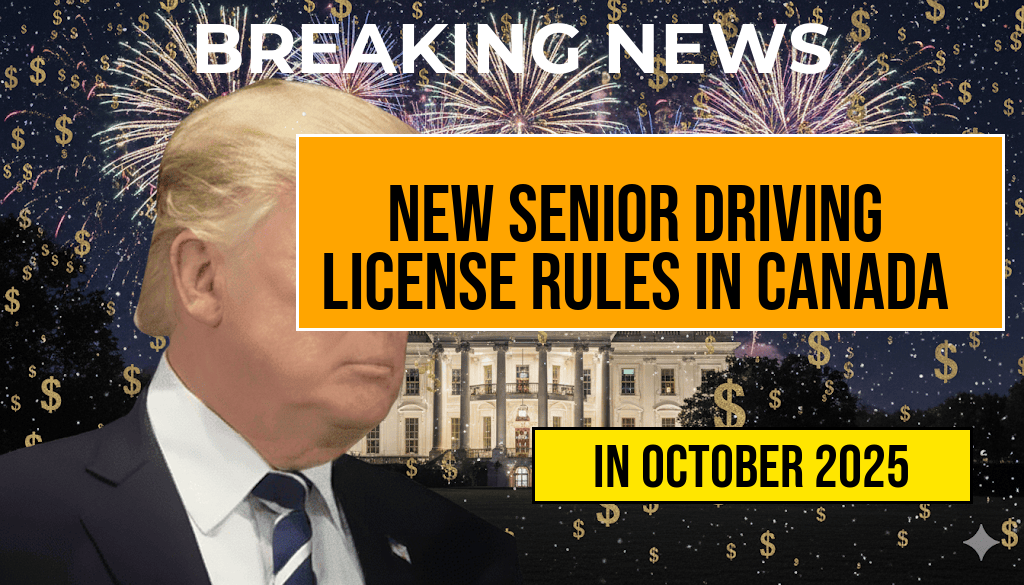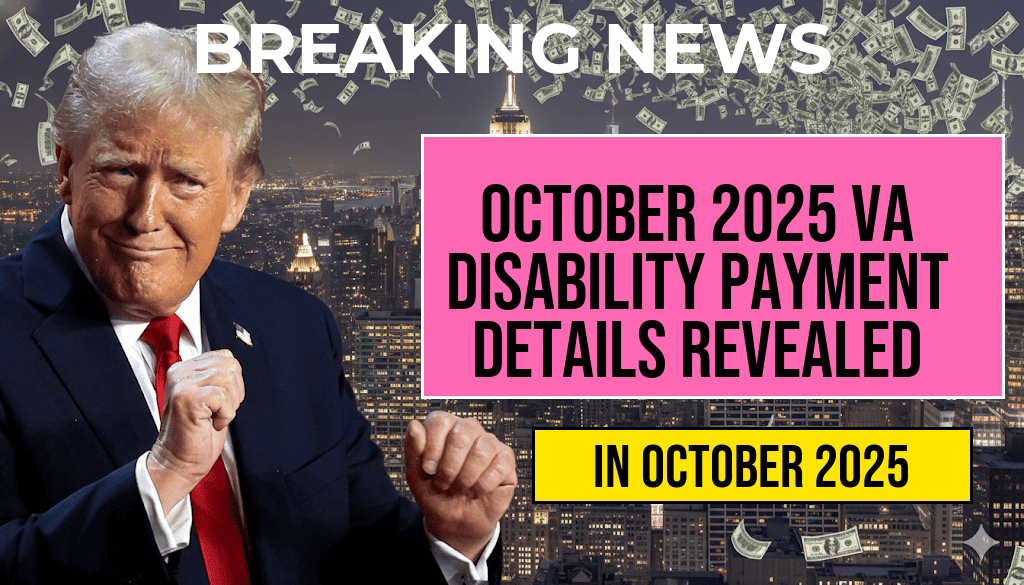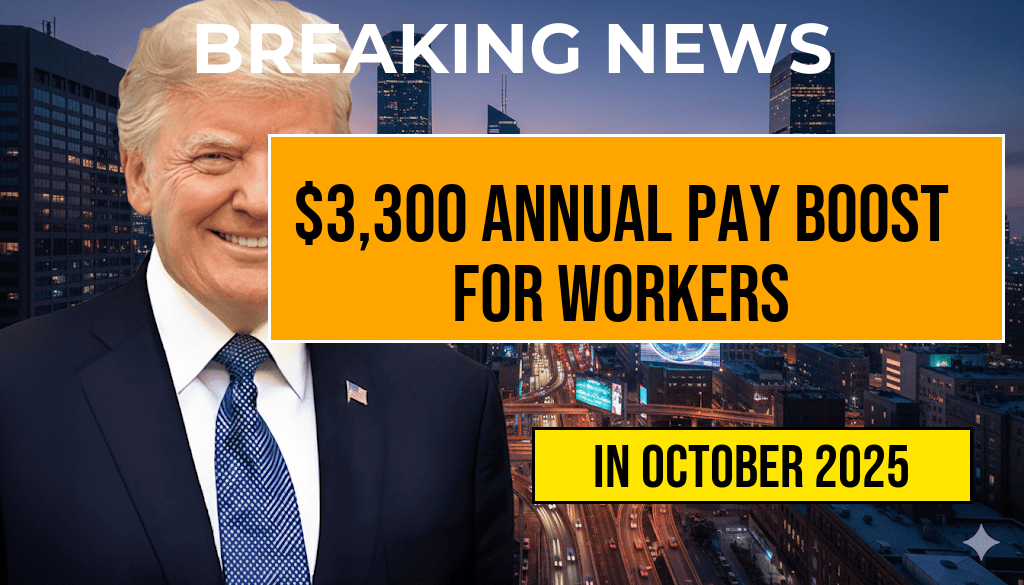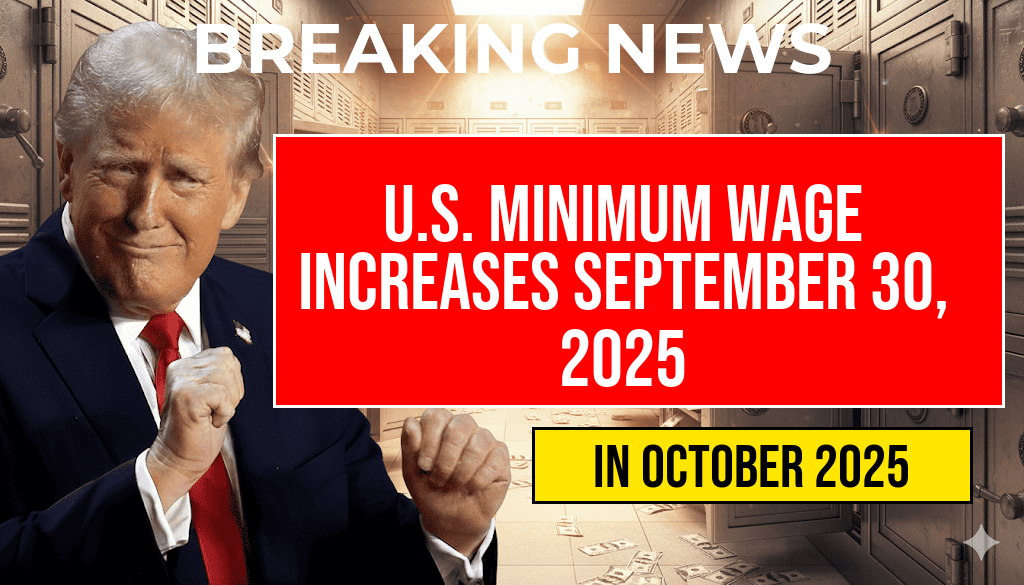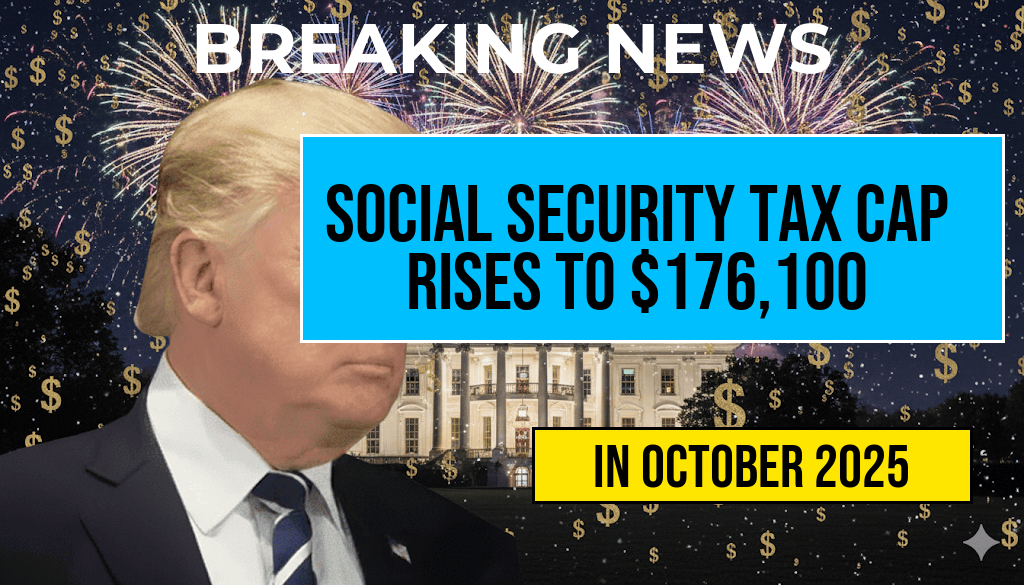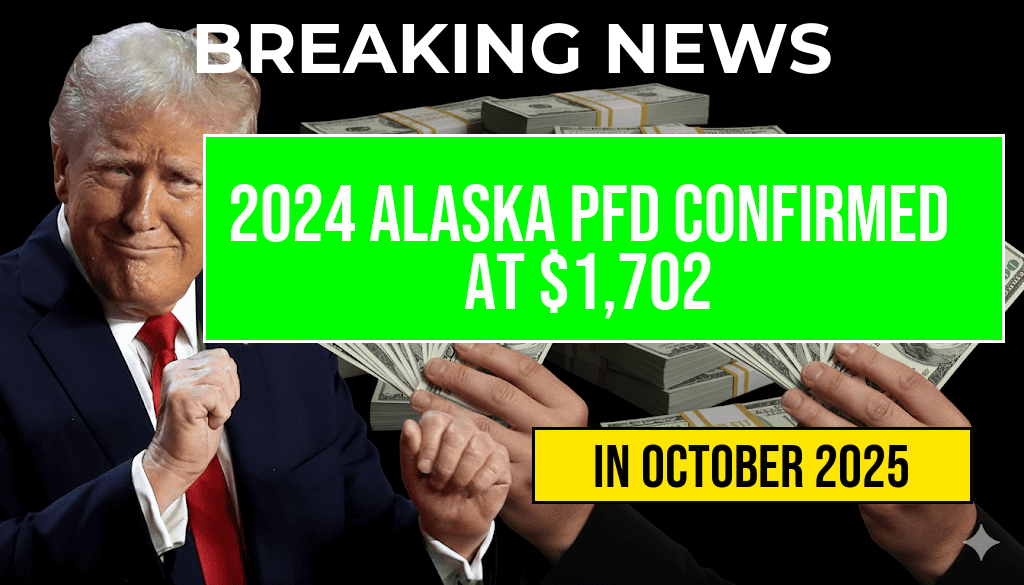The U.S. minimum wage is on track for a significant increase on September 30, 2025, following a recent decision by the federal government. This adjustment is part of a broader initiative to address the rising cost of living and to ensure that workers receive fair compensation for their labor. As part of this wage adjustment, hourly wages will see an upward revision across various sectors, impacting millions of workers nationwide. The federal minimum wage, currently set at $7.25 per hour, will rise to $15.00 per hour, marking a pivotal change in labor standards. This increase aims to reduce poverty levels and improve the quality of life for low-income workers. The move has been welcomed by labor advocates, although some business owners express concerns regarding potential financial strain.
Details of the Minimum Wage Increase
The upcoming increase in the minimum wage is part of a phased approach implemented by the U.S. Department of Labor. Here are the key details regarding the increase:
- Effective Date: September 30, 2025
- New Minimum Wage: $15.00 per hour
- Current Minimum Wage: $7.25 per hour
- Annual Increases: Future adjustments will be tied to the inflation rate
Impact on Workers and Businesses
This wage increase will directly affect an estimated 32 million workers across the United States. Proponents argue that the increase will alleviate financial burdens for low-income households and stimulate consumer spending. Critics, however, worry about potential job losses and increased operational costs for small businesses.
According to a report by the Economic Policy Institute, raising the minimum wage to $15.00 could lift approximately 1.3 million workers out of poverty. This aligns with the goals of various advocacy groups that have campaigned for wage reform over the years. They argue that a living wage is essential for maintaining the dignity of work and ensuring that employees can support themselves and their families.
State-Level Variations
While the federal minimum wage sets a baseline for compensation, many states and cities have already enacted higher minimum wage laws. Here’s a list of some states that have already surpassed the current federal minimum wage:
| State | Minimum Wage |
|---|---|
| California | $15.50 |
| Washington | $15.74 |
| Massachusetts | $15.00 |
| New York | $15.00 |
| Oregon | $13.50 |
As states continue to evaluate their wage policies, the new federal minimum wage will serve as a critical reference point for those considering adjustments in their local laws.
Looking Ahead
The scheduled increase in the minimum wage is expected to prompt discussions around the future of labor standards in the U.S. Advocates for higher wages are hopeful that this landmark decision will pave the way for further reforms, such as paid family leave and universal healthcare. Conversely, opponents may argue for the need to balance wage increases with economic sustainability for businesses.
As the date approaches, both workers and employers will need to prepare for the implications of this change. Employers may consider revising budgets, adjusting pricing strategies, and possibly reevaluating staffing levels to accommodate the new wage structure. Meanwhile, workers should stay informed about their rights and the available resources to assist them during this transition.
For further information on minimum wage laws and their implications, you can refer to reliable sources such as the U.S. Department of Labor and Economic Policy Institute.
Frequently Asked Questions
What is the new U.S. minimum wage effective September 30, 2025?
The new U.S. minimum wage set to take effect on September 30, 2025, will be $15 per hour, marking an important milestone in labor rights and wage standards.
How will the minimum wage increase impact workers?
The increase in the minimum wage is expected to benefit millions of workers across the country, providing them with a higher income and improving their overall standard of living.
Are there exceptions to the minimum wage increase?
Yes, certain categories of workers, such as tipped employees and some specific industries, may have different wage requirements under the new legislation.
How often does the U.S. minimum wage change?
The minimum wage typically changes based on federal and state legislation, and increases are often linked to inflation or economic conditions, though not on a fixed schedule.
Where can I find the complete list of hourly wages?
The complete list of hourly wages and specific details about the new minimum wage can be found on government labor websites and various employment resources.

